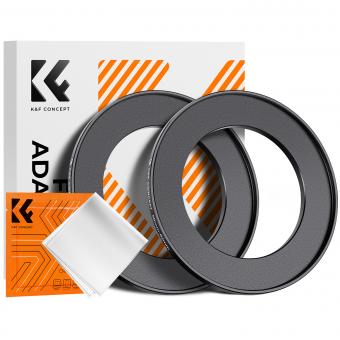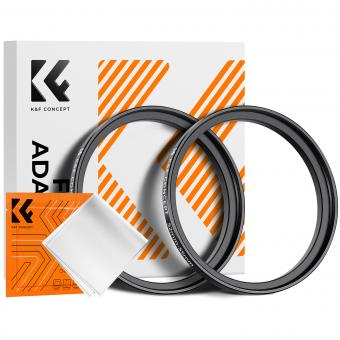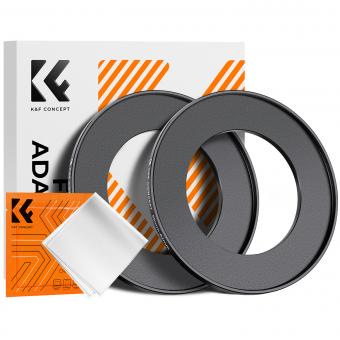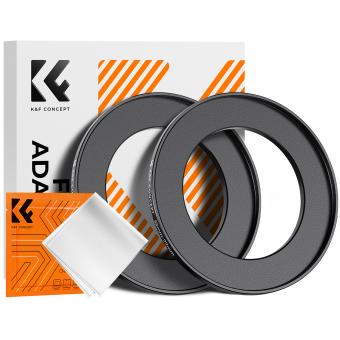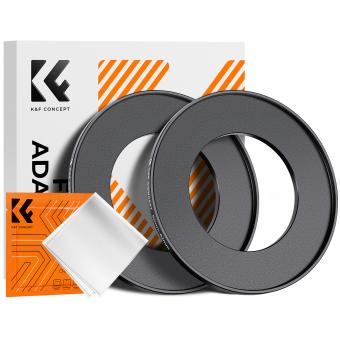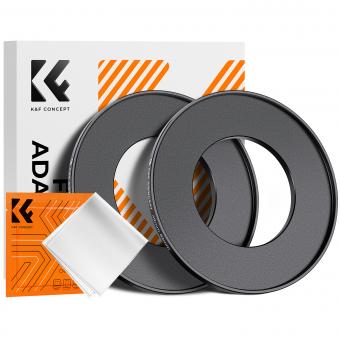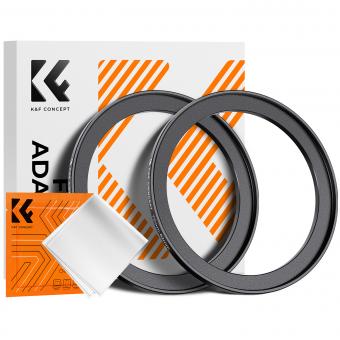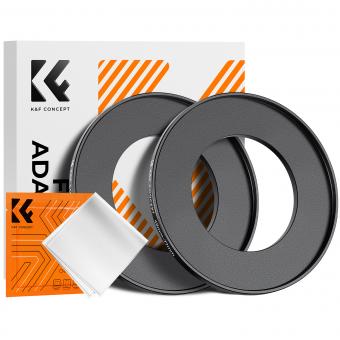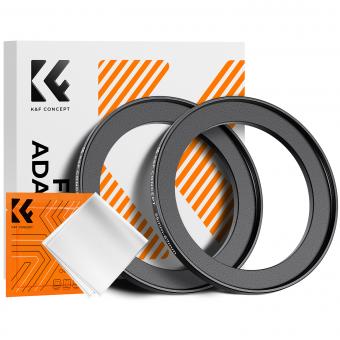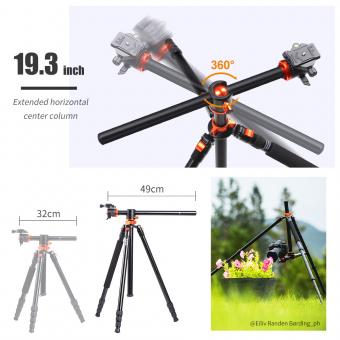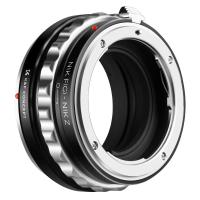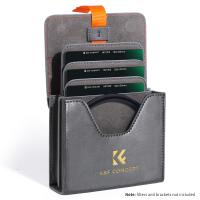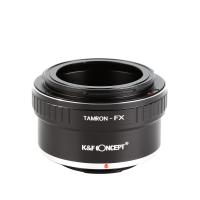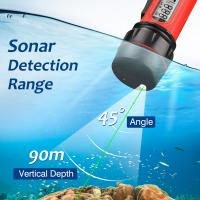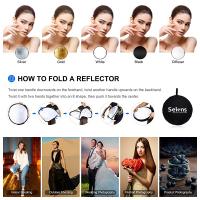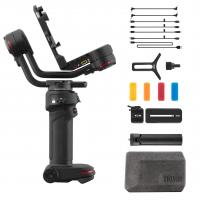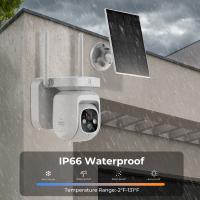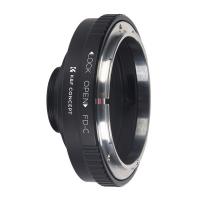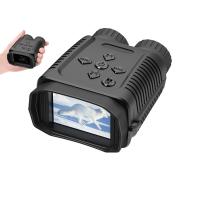What Grade Nd Filter Should I Buy ?
The grade of ND filter you should buy depends on the amount of light reduction you need. ND filters come in different grades, such as ND2, ND4, ND8, ND16, ND32, ND64, ND100, ND256, and ND1000. The higher the number, the more light reduction the filter provides. For example, an ND2 filter reduces the light entering the lens by one stop, while an ND1000 filter reduces it by 10 stops.
The grade of ND filter you should buy also depends on the type of photography you are doing. For landscape photography, a higher grade ND filter may be necessary to achieve a longer exposure time and create a smooth, flowing effect in water or clouds. For portrait photography, a lower grade ND filter may be sufficient to achieve a shallow depth of field in bright sunlight.
Ultimately, the grade of ND filter you should buy depends on your specific needs and preferences. It's recommended to start with a lower grade ND filter and work your way up as needed.
1、 ND filter basics
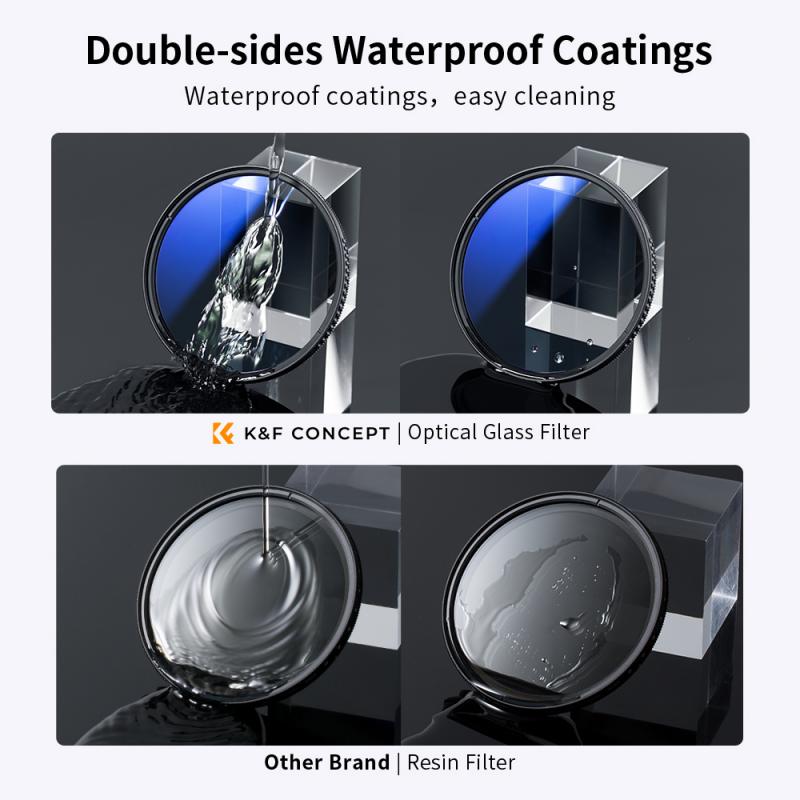
An ND filter, or neutral density filter, is a type of camera filter that reduces the amount of light entering the lens without affecting the color or hue of the image. ND filters are commonly used in photography and videography to achieve certain creative effects, such as motion blur or shallow depth of field, in bright lighting conditions.
When it comes to choosing the right ND filter, there are a few factors to consider. The first is the strength of the filter, which is measured in stops. A one-stop ND filter reduces the amount of light entering the lens by half, while a two-stop filter reduces it by a quarter, and so on. The strength of the filter you choose will depend on the lighting conditions you're shooting in and the effect you want to achieve.
Another factor to consider is the type of ND filter. There are two main types: screw-on filters and square filters. Screw-on filters are the most common and attach directly to the front of the lens, while square filters require a filter holder that attaches to the lens.
Finally, you'll want to consider the quality of the filter. Cheaper filters may introduce color casts or reduce image sharpness, so it's worth investing in a high-quality filter if you're serious about your photography or videography.
In terms of the latest point of view, there has been a recent trend towards using variable ND filters, which allow you to adjust the strength of the filter by rotating the filter ring. These can be a convenient option for photographers and videographers who want to quickly adjust their exposure without having to swap out filters. However, it's worth noting that variable ND filters can introduce some image quality issues, such as vignetting or color shifts, so it's important to choose a high-quality filter if you go this route.
2、 Types of ND filters
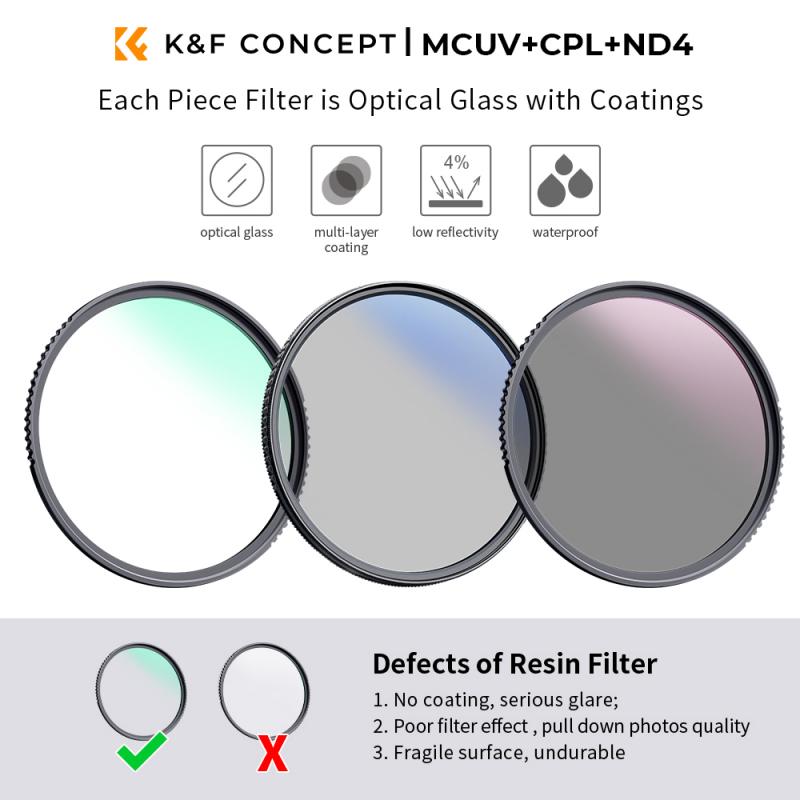
1. Solid ND filters: These are the most common type of ND filters and come in different strengths, usually measured in stops. They reduce the amount of light entering the lens evenly across the entire image, allowing you to use slower shutter speeds or wider apertures in bright conditions.
2. Graduated ND filters: These filters have a gradient of darkness that gradually fades from top to bottom. They are useful for balancing the exposure of a scene with a bright sky and darker foreground, such as landscapes.
3. Variable ND filters: These filters allow you to adjust the strength of the ND effect by rotating the filter ring. They are convenient for situations where the light is constantly changing, such as during a sunset or sunrise.
4. Reverse ND filters: These filters have a stronger ND effect in the center and gradually fade towards the edges. They are useful for capturing sunrises or sunsets where the sun is in the frame.
5. Polarizing ND filters: These filters combine the effects of an ND filter and a polarizing filter. They reduce the amount of light entering the lens and also enhance colors and reduce reflections.
What grade ND filter should I buy?
The strength of the ND filter you should buy depends on the amount of light you want to block and the effect you want to achieve. A 2-stop ND filter is a good starting point for most situations, while a 10-stop ND filter is ideal for long exposure photography. Graduated ND filters are available in different strengths and gradients, so choose one that suits the scene you want to capture. Variable ND filters are convenient, but they can produce a crosshatch pattern at the strongest settings. Reverse ND filters are useful for capturing sunrises or sunsets, but they are not as versatile as other types of ND filters. Polarizing ND filters are useful for enhancing colors and reducing reflections, but they are not as effective at blocking light as other types of ND filters. Ultimately, the choice of ND filter depends on your personal preference and the type of photography you want to do.
3、 Choosing the right ND filter strength
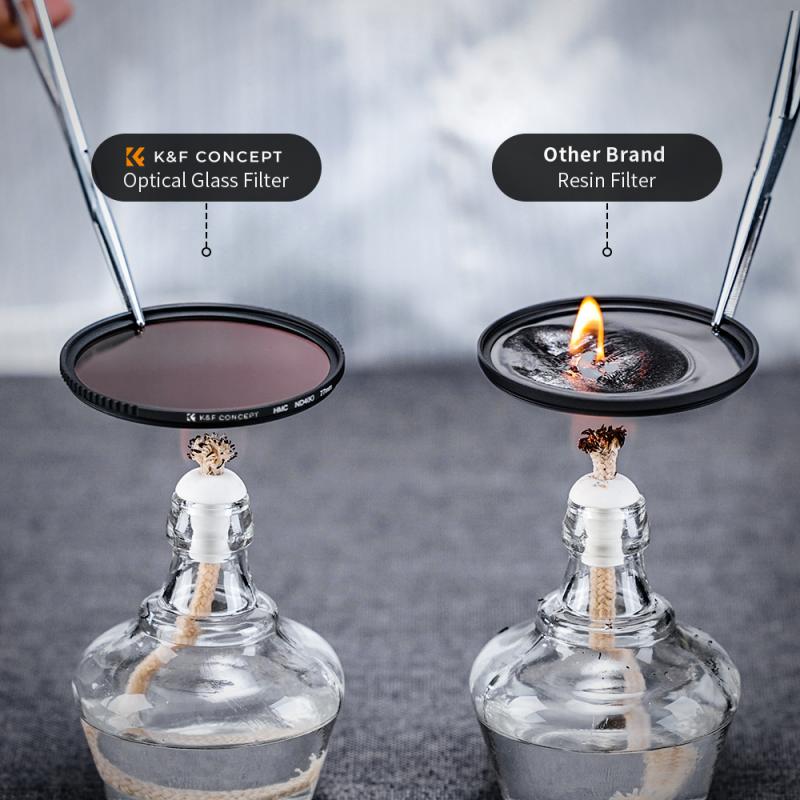
Choosing the right ND filter strength is crucial for achieving the desired effect in your photography. ND filters come in different strengths, ranging from ND2 to ND1000, with each strength providing a different level of light reduction. The strength of the ND filter you choose will depend on the lighting conditions and the effect you want to achieve.
If you are shooting in bright daylight conditions and want to achieve a shallow depth of field or motion blur, you will need a stronger ND filter, such as an ND8 or ND16. On the other hand, if you are shooting in low light conditions and want to achieve a longer exposure time, you may only need a weaker ND filter, such as an ND2 or ND4.
It is important to note that the strength of the ND filter you choose will also affect the color balance of your images. Stronger ND filters can cause a color shift towards the cooler end of the spectrum, while weaker ND filters may have little to no effect on color balance.
In recent years, variable ND filters have become increasingly popular among photographers. These filters allow you to adjust the strength of the ND filter by rotating the filter ring, providing greater flexibility and convenience in changing lighting conditions.
Ultimately, the choice of ND filter strength will depend on your specific shooting needs and preferences. It is recommended to experiment with different strengths and types of ND filters to find the one that works best for you.
4、 ND filter brands and prices
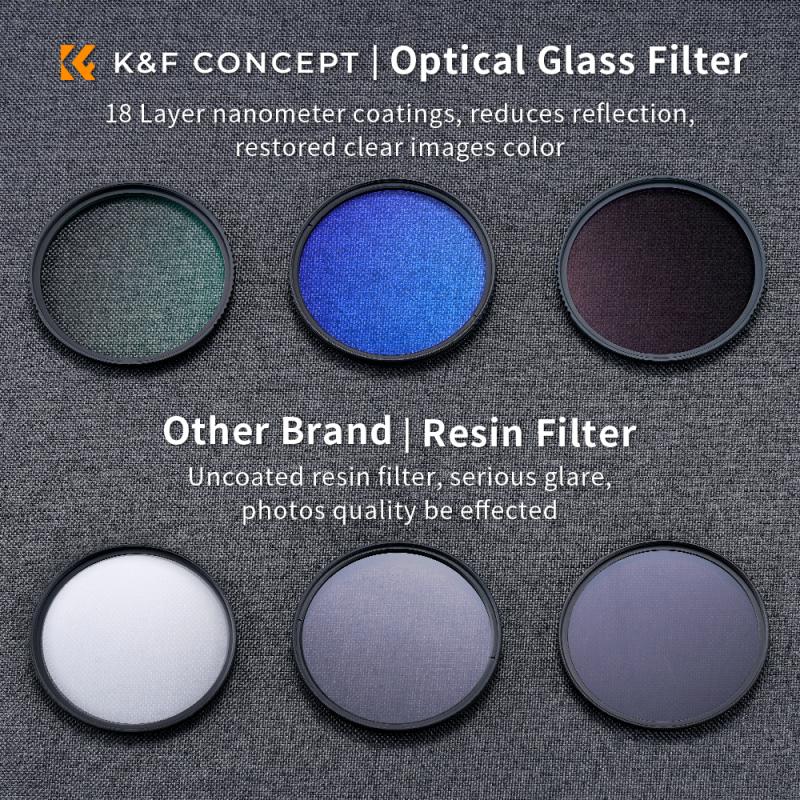
What grade ND filter should I buy?
The answer to this question depends on the specific situation you will be using the ND filter for. ND filters come in different grades, which refer to the amount of light they block. The higher the grade, the more light the filter will block. For example, a 2-stop ND filter will block two stops of light, while a 10-stop ND filter will block ten stops of light.
If you are looking for an all-purpose ND filter, a 3-stop or 6-stop ND filter is a good choice. These filters are versatile enough to be used in a variety of situations, from landscape photography to portrait photography.
When it comes to ND filter brands and prices, there are many options available on the market. Some popular brands include B+W, Hoya, Tiffen, and Lee Filters. Prices can range from around $20 for a basic ND filter to over $200 for a high-end filter.
It's important to note that the quality of the filter can affect the image quality. Cheaper filters may introduce color casts or reduce sharpness, while higher-end filters are designed to maintain image quality.
In terms of the latest point of view, there has been a growing trend towards using variable ND filters. These filters allow you to adjust the amount of light blocking by rotating the filter, making them more versatile than fixed ND filters. However, they can be more expensive and may introduce some image quality issues.

